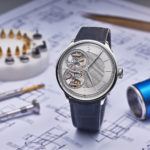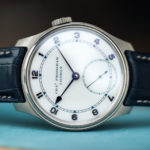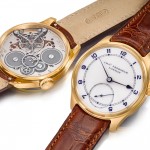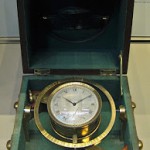Bernhard Lederer Debuts the Central Impulse Chronometer Prototype
Natural escapement, twin remontoirs, and twin gear trains.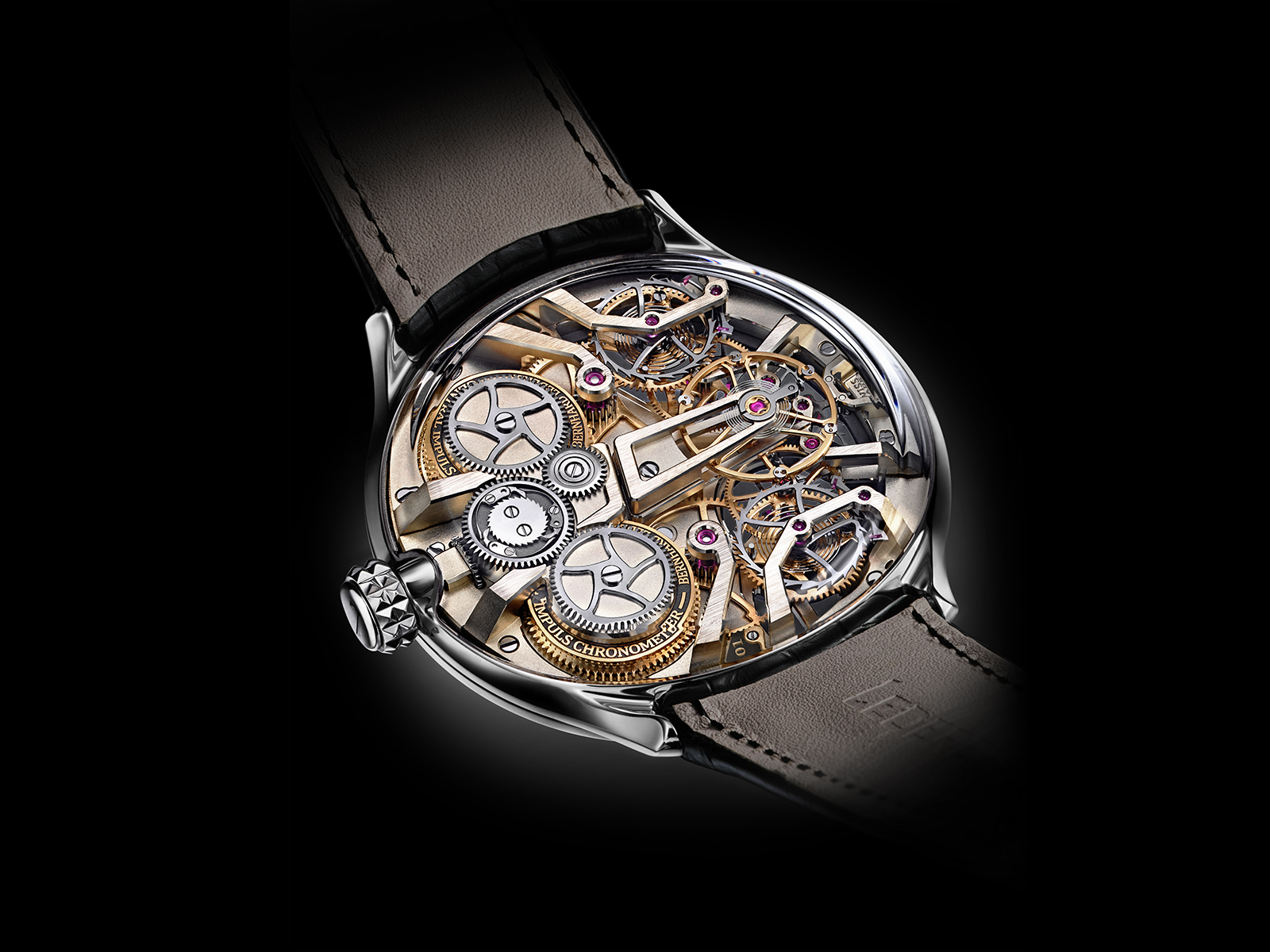
A member of the Académie Horlogère des Créateurs Indépendants (AHCI) since its founding in 1985, Bernhard Lederer is a veteran of independent watchmaking. Though known amongst collectors for having founded the brand BLU in 2002, Mr Lederer is more of a watchmaker’s watchmaker, supplying movements and complications via his company MHM (short for “Manufacture de Haute Horlogerie et Micromécanique”).
Born in Germany but based in Switzerland for decades, Mr Lederer’s technical prowess is on full view with his latest creation – the Central Impulse Chronometer (CIC). Seemingly a mere three-hand wristwatch on the front, the CIC is a actually a significant accomplishment – and undoubtedly one of the most notable watches of 2020 from a technical perspective.
The movement is equipped with a natural escapements as well as dual gear trains. The construction is familiar – Mr Lederer describes it as a tribute to the late George Daniels and his landmark Space Traveller pocket watch – but improved and refined with the addition a remontoir d’egalité constant force mechanism for each going train.
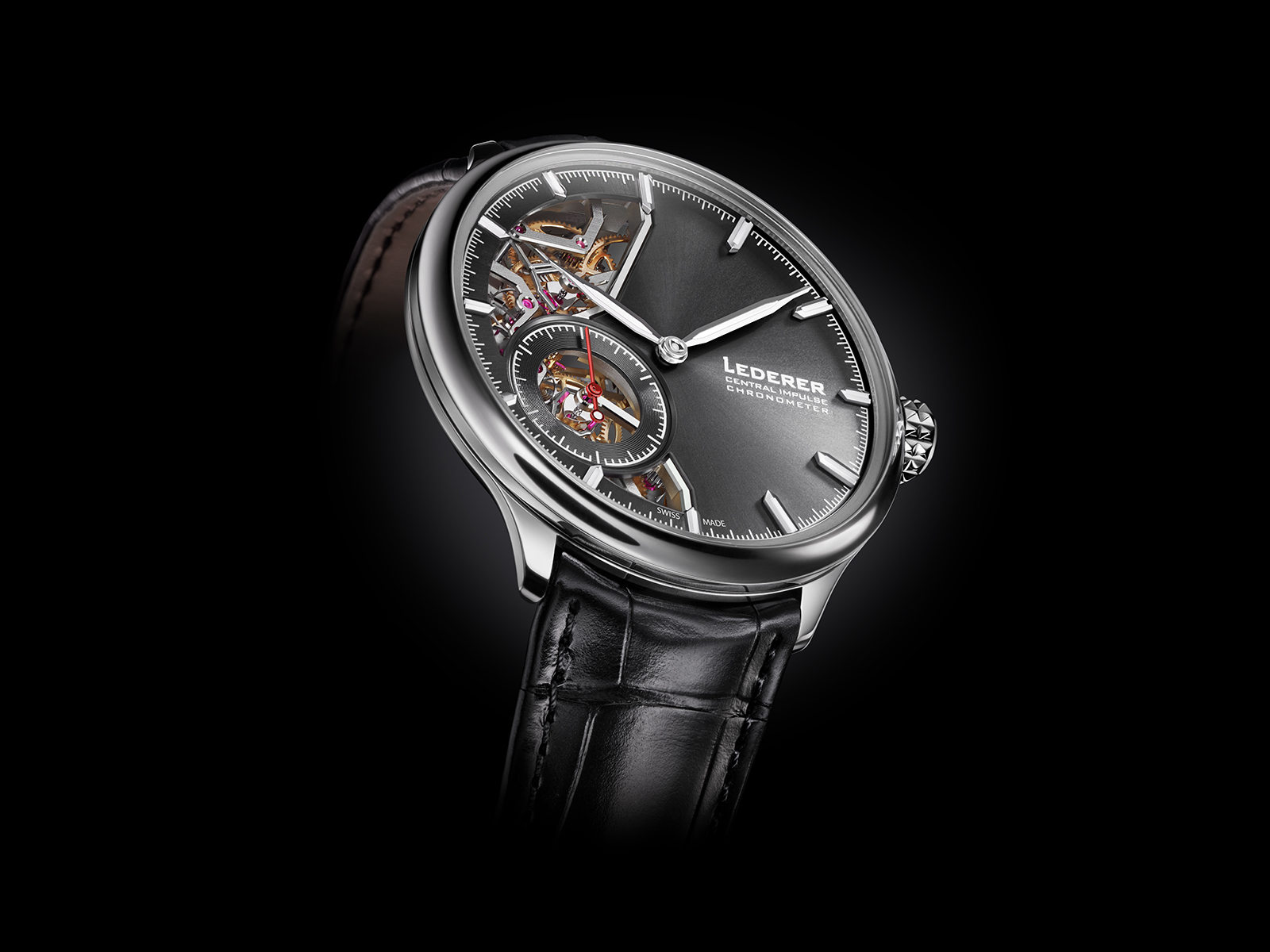
Initial thoughts
With seemingly everything already having been done in watchmaking, it is not often that we encounter a genuinely interesting – and improved – twist to an already uncommon escapement. Here Mr Lederer rejuvenates the centuries-old idea of the natural escapement, but elevated by the added complexity and performance gains of twin remontoir going trains.
All of the marvellous mechanics are packaged in an attractive, open-worked movement with bridges made of maillechort, or nickel silver, but in a large case of a 44 mm by 12.2 mm. While the movement is impressive and sculptural, the front of the watch is plain vanilla.
Twin gear trains
Originally invented by Abraham-Louis Breguet, the natural escapement was a fairly impractical solution to certain problems of the period and its use petered out. But the natural escapement has made a comeback thanks to modern production methods – and also the interest of technically-inclined watch enthusiasts.
In many ways the CIC is the most elaborate take on the natural escapement to date: it relies on two separate gear trains instead of one, exactly as in Daniel’s Space Traveller pocket watch. But the CIC is not alone; it the second wristwatch that manages to miniaturise Daniel’s construction, the first being the Charles Frodsham Double Impulse Chronometer.
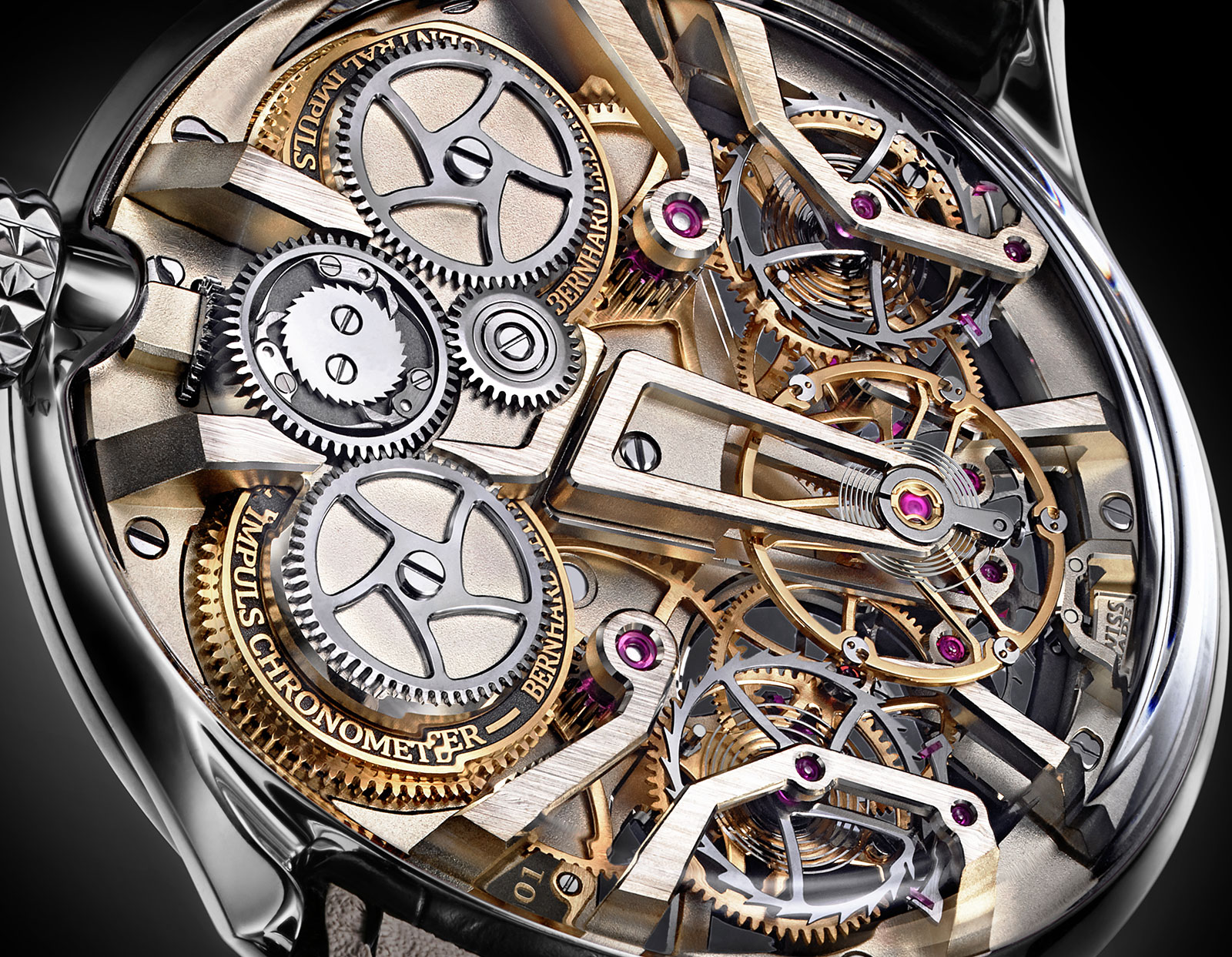
Though more difficult to implement than a single train, Mr Lederer went with the twin gear train construction for well-founded, technical reasons.
One is the intrinsic feature of the natural escapement – it has two escape wheels, but usually powered by a single going train for convenience of space. Technically speaking, the single-train solution is not optimal as the two escape wheels have to be geared together, increasing their inertia and demanding tight tolerances. Separate gear trains for each escape wheel addresses this issue since each escape wheel has its own independent power source.
Beyond the two-train construction, Mr Lederer also worked on the smallest details of the movement. According to Mr Lederer, special attention was paid to optimising the twin escape wheels for lowest inertia, ensuring that they quickly contact the balance wheel roller on each swing, ensuring more efficient power transmission to keep the balance wheel oscillating.
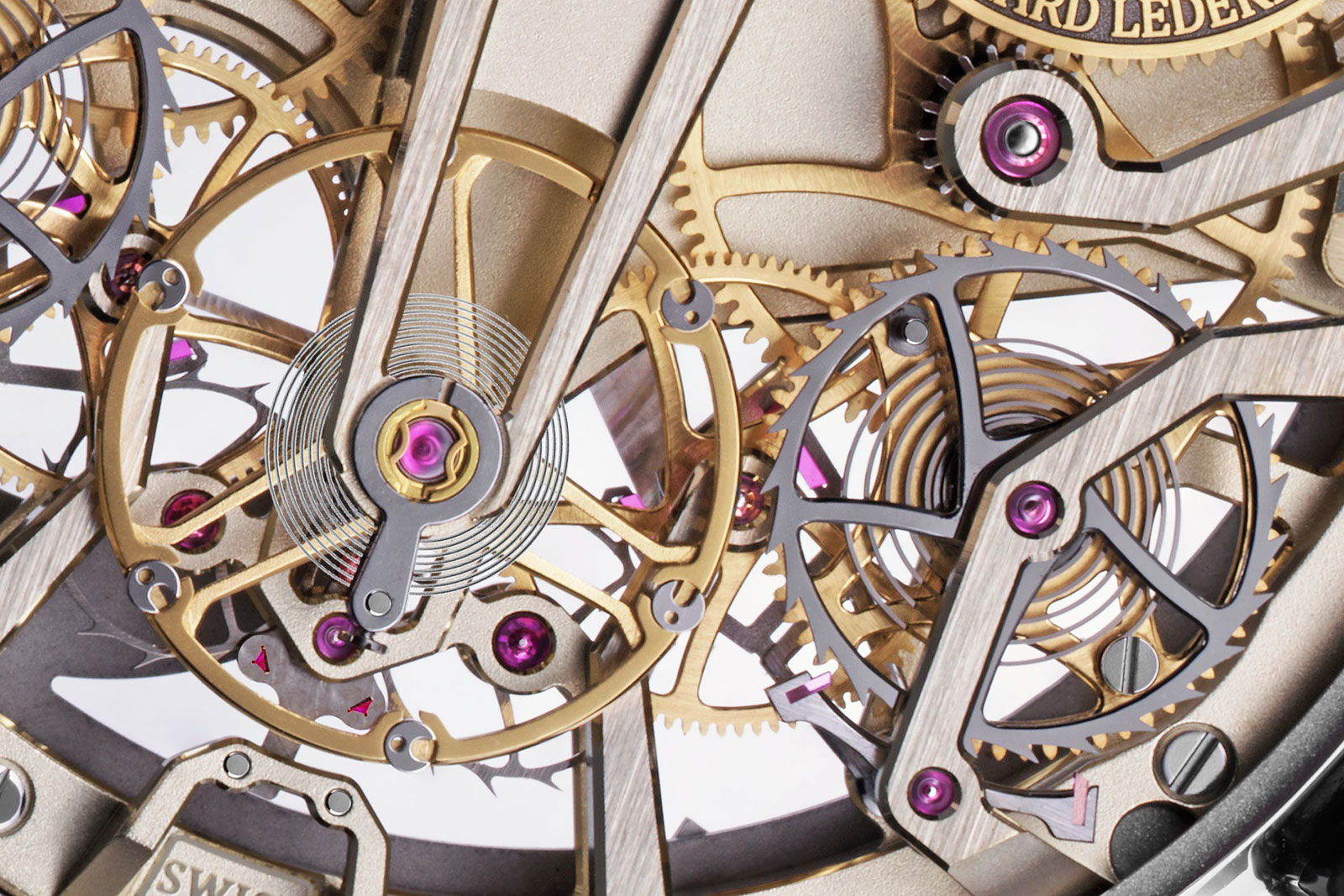
Doubled constant power
Beyond the twin escapements, the Central Impulse Chronometer has another trick up its sleeve: a ten-second remontoir for each gear train, each providing constant force to the respective escape wheels. The addition of the remontoirs differentiates the CIC from Daniel’s and Frodsham’s versions of the double-gear train, natural-escapement movement.
The gear trains are configured in an alternating setup, so each remontoir recharges every five seconds, a process that can both be seen and heard, giving the watch an unusual tactile quality.
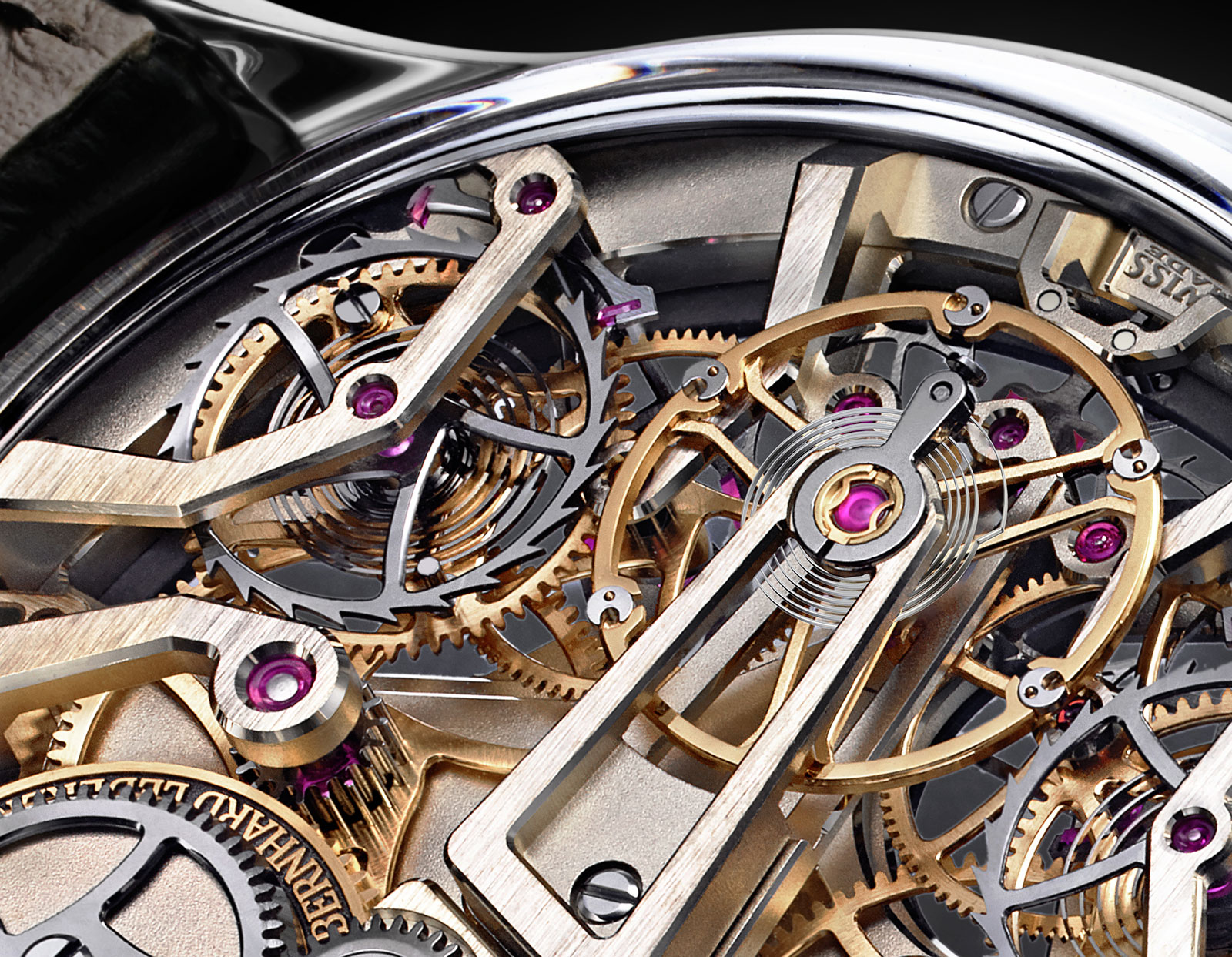
While technically intimidating, the CIC is simple to operate as it works like any other three-hand, manual-wind watch. The crown simultaneously winds both barrels equally since they are mechanically linked.
And within the simultaneous winding is another highlight of the movement: the barrels are wound via a beautiful crown wheel with an integrated triple click, providing very fine graduations of tactile clicks as the crown is wound. And because both mainsprings slip when they are fully wound, there is no concern of overwinding the barrels.
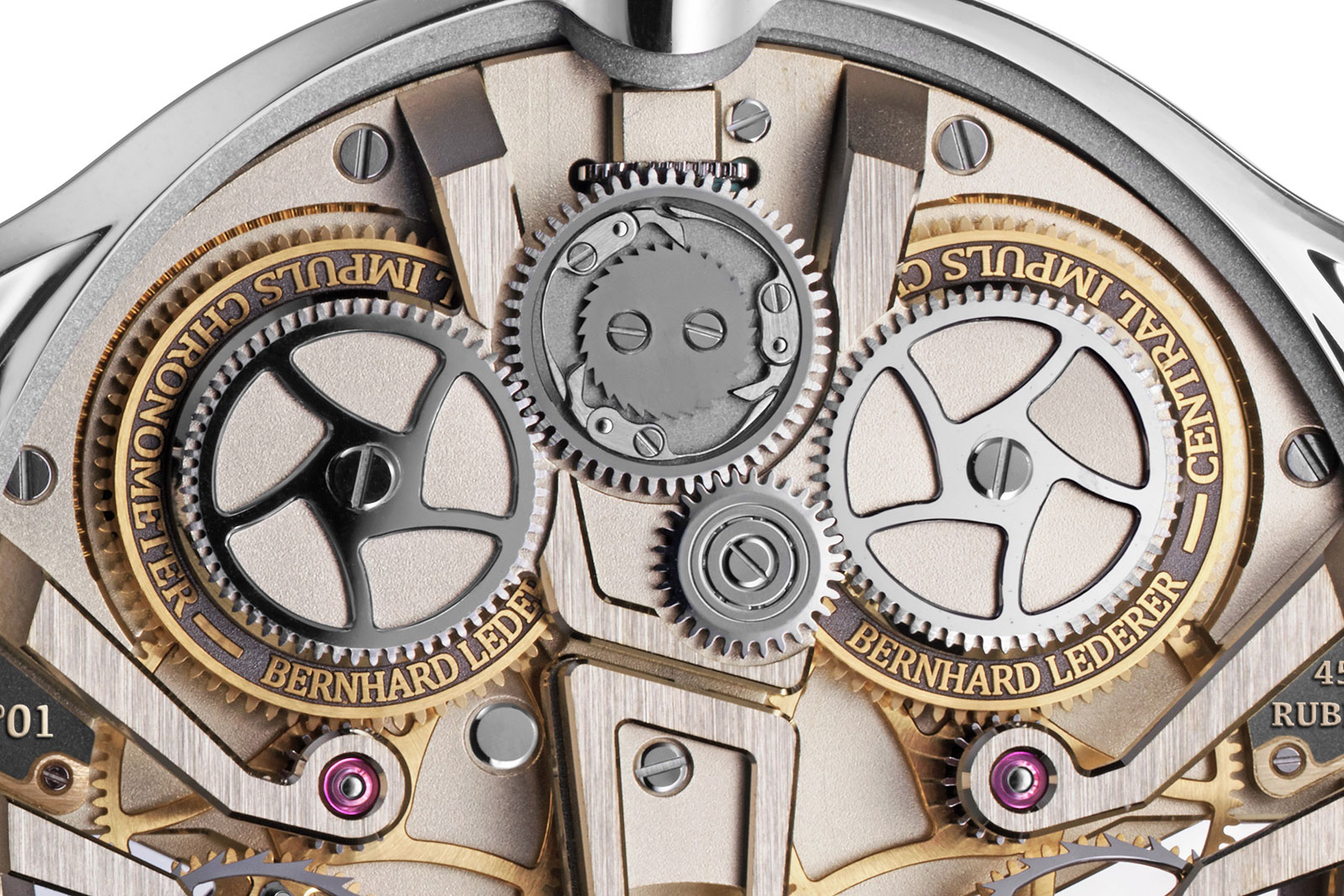
A simple, elaborate case
Not to be overlooked is the surprisingly intricate case. The case middle is unusually thin, with a domed sapphire crystal for the front and an even higher dome for the case back. The narrow case band creates the impression the watch is thinner than it actually is, while the bowl-like crystal on the back provides a notably wide, three-dimensional view of the intricate movement.
More interesting technically is the case construction, which is actually a two-piece affair with a case middle and bezel, along with the crystal secured to the back via adhesives and a gasket. So unlike conventional watches with a removable case back, the movement is accessed from the front, though Mr Lederer is tight lipped about how exactly that is accomplished since there are no visible screws to remove the stem.
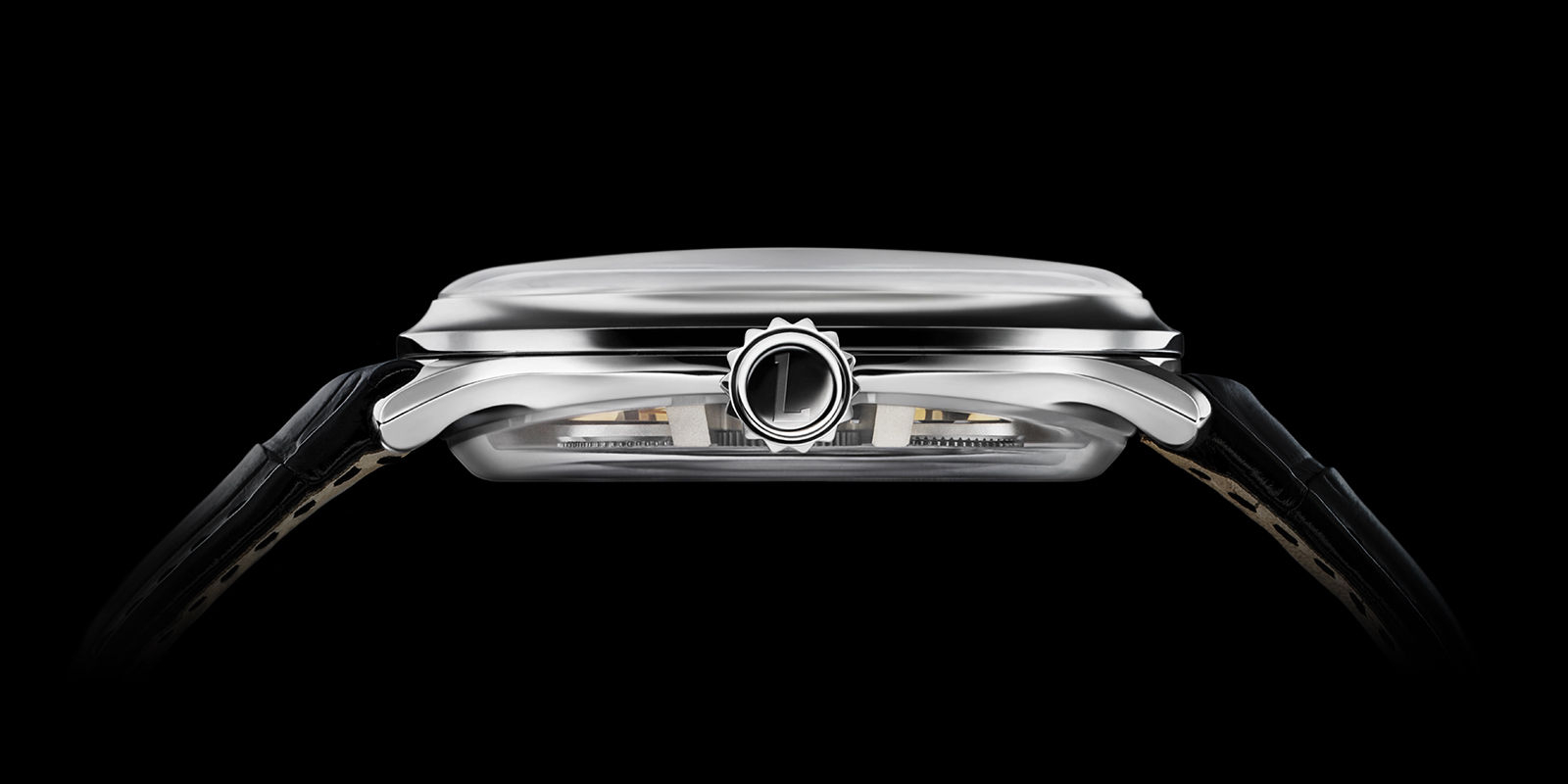
Two versions of the CIC are available for now – one in rose gold with a light-grey dial, and the other in white with a partially open-worked, slate-grey dial. The look is largely classical, with one quirk. Due to the movement design, the sub-dial for the running seconds is located at an uncommon position between seven and eight o’clock, as the seconds hand is driven by one of the symmetrically-positioned gear trains.
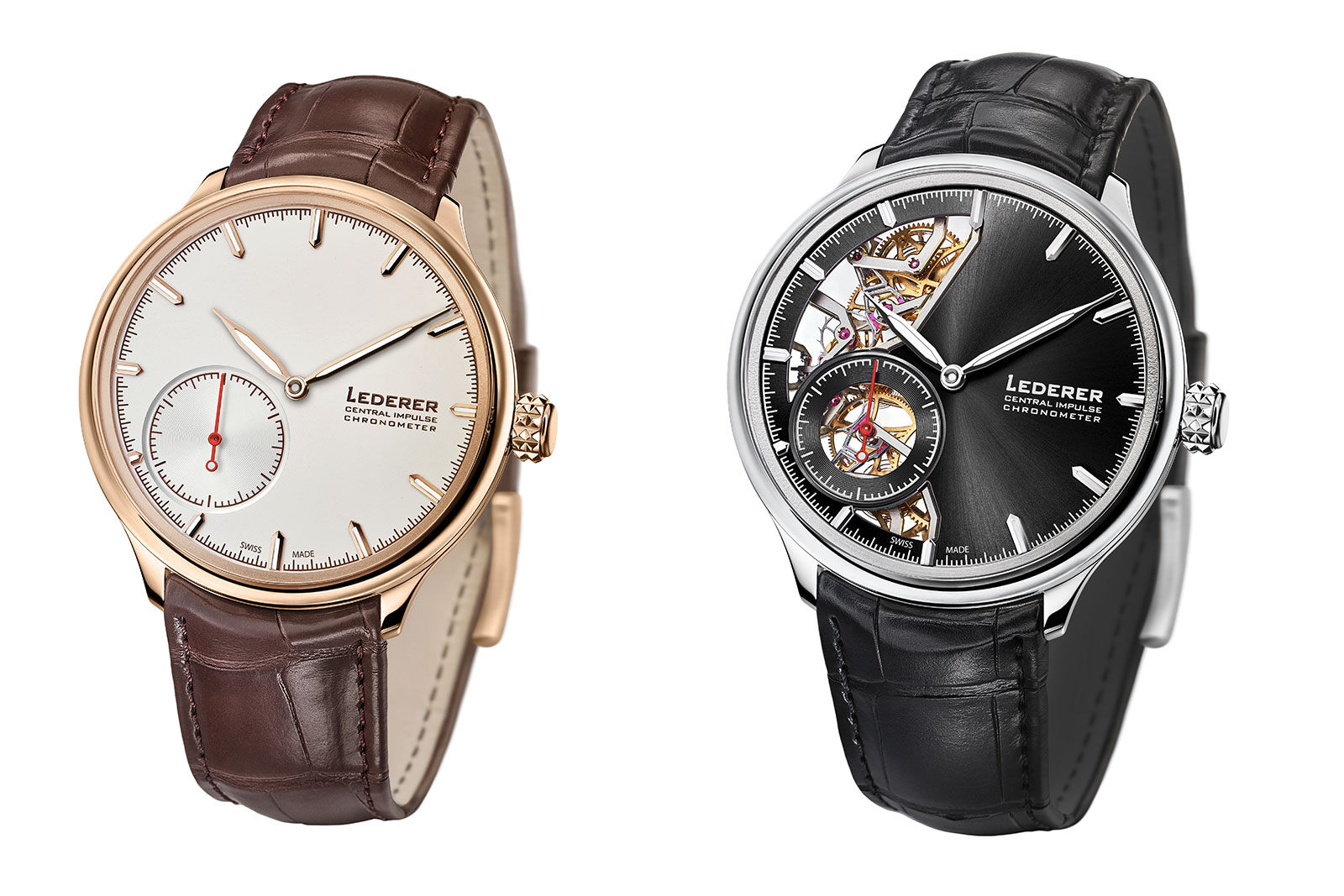
Key facts and price
Bernhard Lederer Central Impulse Chronometer
Ref. 9012
Diameter: 44 mm
Height: 12.2 mm
Material: 18k rose gold or 18k white gold
Water resistance: 30 m
Functions: Hours, minutes, seconds
Winding: Hand-wound
Frequency: 21,600 beats per hour (3 Hz)
Power reserve: 38 hours
Strap: Alligator strap
Limited edition: 50 pieces in total for both versions
Availability: Direct from Bernhard Lederer
Price: 128,000 Swiss francs excluding taxes
Back to top.

